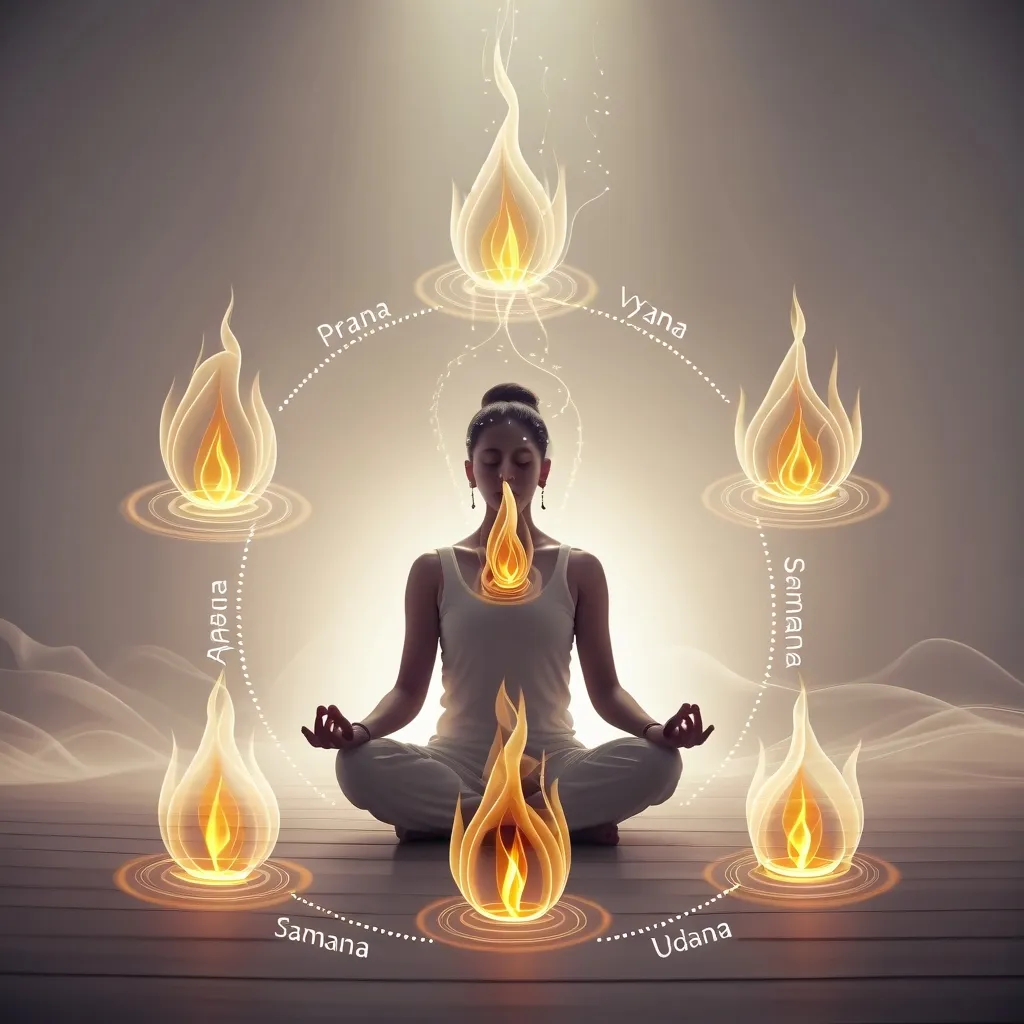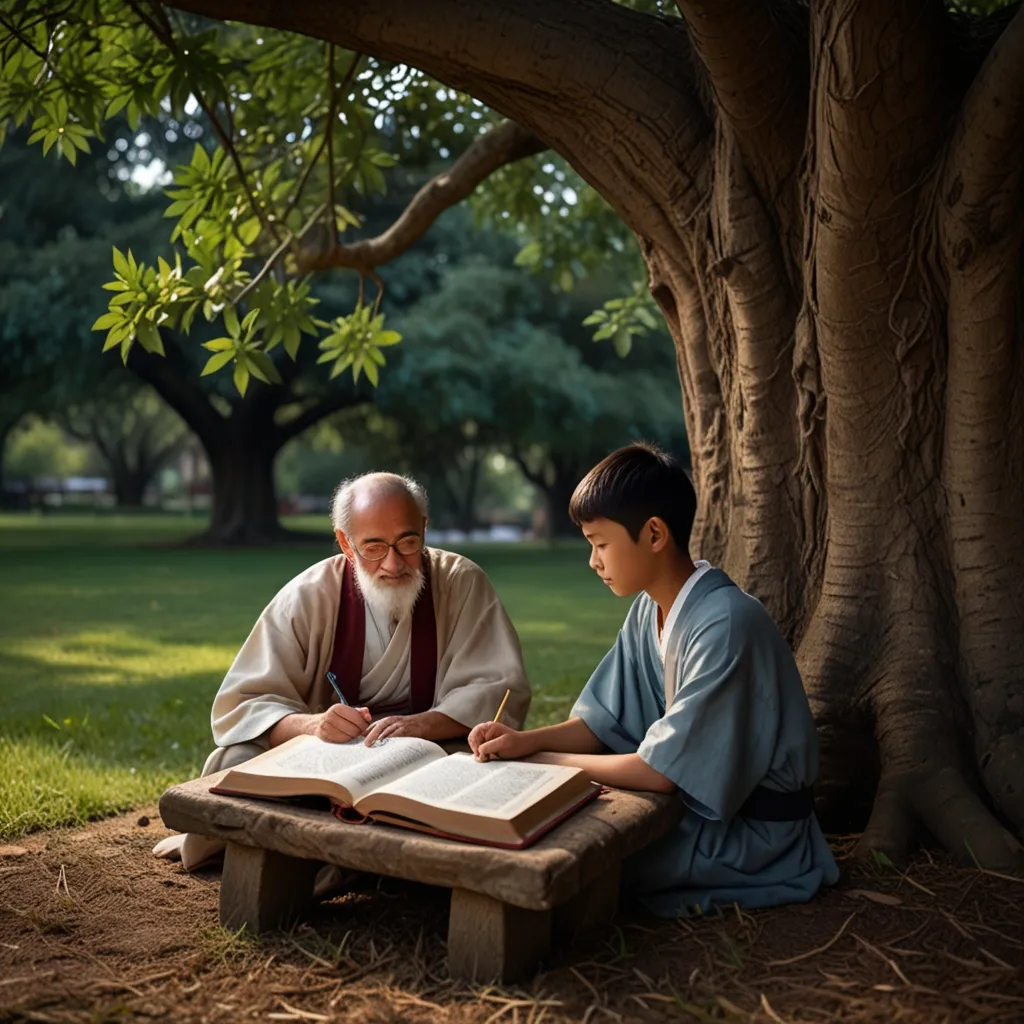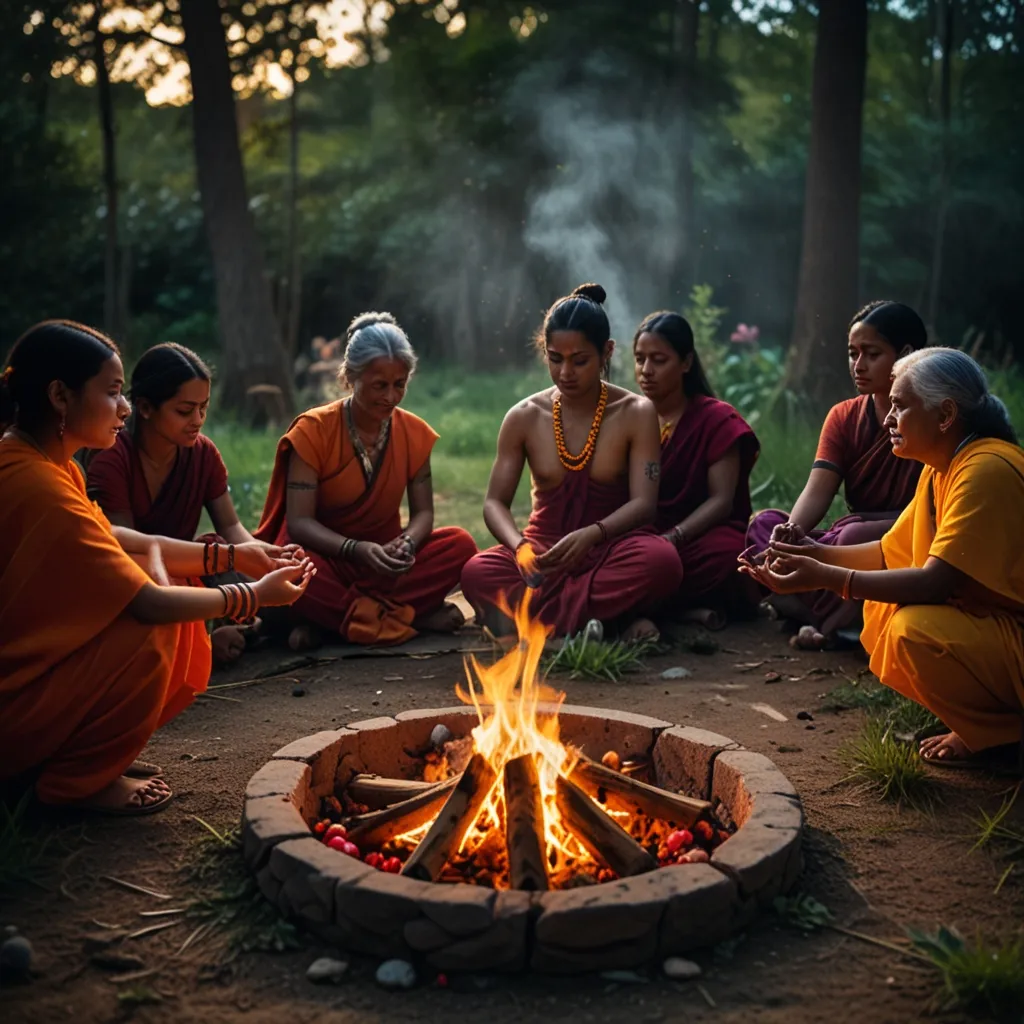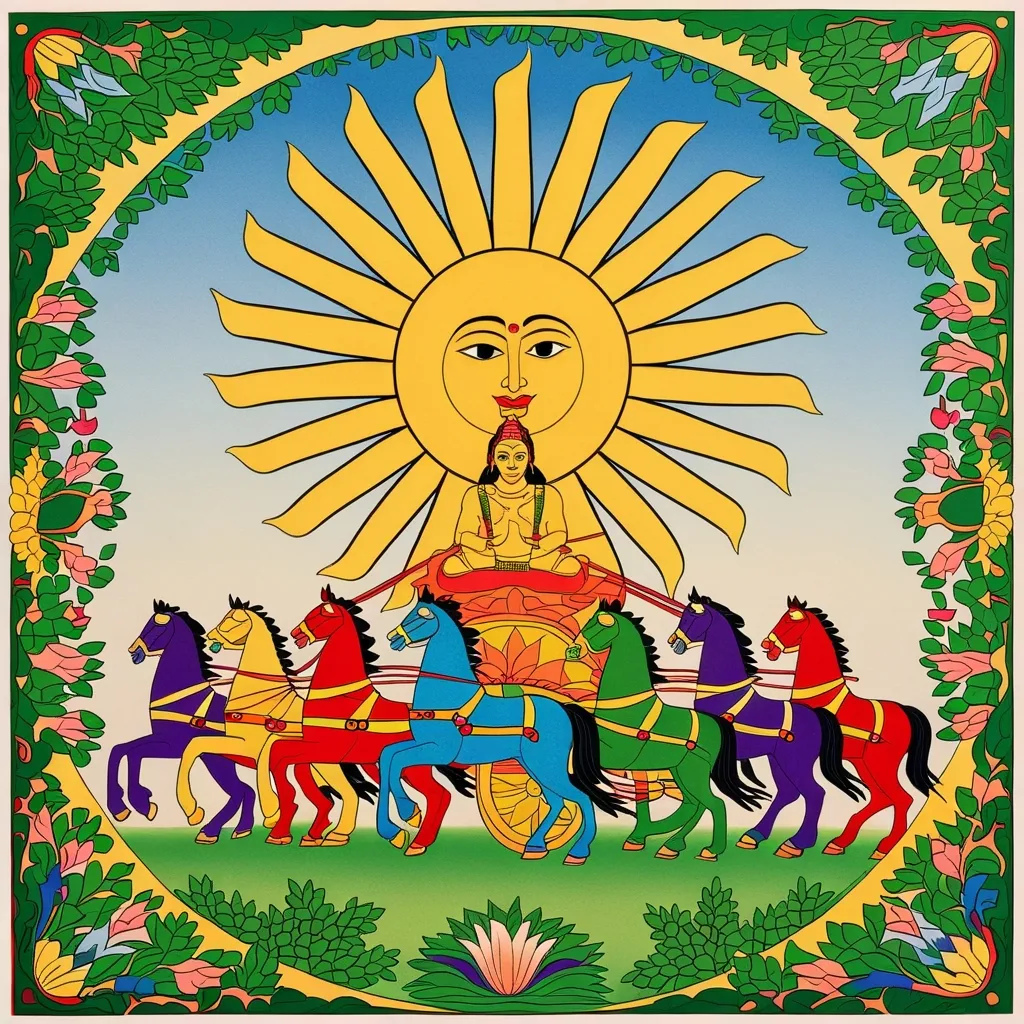In the vivid canvas of Hindu scriptures, there’s a deep-seated concept intertwining breath with spiritual practices, especially highlighted in the Yajur Veda and the Pranagnihotra Upanishad. This ancient wisdom connects the dots between breathing exercises and symbolic fire sacrifices, giving us a holistic blend of Hindu spirituality that’s as relevant today as it was centuries ago.
Pranagnihotra’s Deep Essence
“Pranagnihotra” loosely translates to “sacrifice offered to the fire of breath.” Here, “prana” means breath or life force, and “agnihotra” refers to a fire sacrifice. This Upanishad offers a unique spiritual growth perspective, likening the body to a sacrificial altar and breath to the fire that fuels this celestial sacrifice. The ultimate spiritual goal emphasized is to break free from the rebirth cycle through this internal spiritual offering.
The Five Vital Fires Within Us
According to the Pranagnihotra Upanishad, our body hosts five vital fires, symbolizing different life aspects. These fires are Prana (intake and life force), Apana (elimination), Vyana (circulating energy), Samana (assimilation), and Udana (sound and ascending consciousness). These aren’t mere physical entities but symbolic ones, representing various energies ruling our bodily processes and spiritual evolution.
The Ritual of Self-Sacrifice
In this introspective ritual, you become both the sacrificer and the offering. Here, intellect transforms into the inner wife, and Vedic self-study becomes the hymns. Ego plays the priest’s role, while the mind is the initiating priest. The body is the altar, and the senses are the helpful assistants. This metaphoric structure highlights the importance of self-reflection and purifying one’s inner self.
Breath’s Defining Role
Breathing exercises, or pranayama, are crucial here. “Breath of Fire,” also known as Kapalabhati, is one significant exercise. This practice of strong exhalations and relaxed inhalations is believed to cleanse both body and mind. By pushing out breaths powerfully and letting the inhale come naturally, it strengthens the diaphragm, improves respiratory health, reduces stress, and boosts mental clarity.
How to Perform Breath of Fire
To try Breath of Fire, sit comfortably cross-legged, placing hands on knees or belly to feel your breathing’s ebb and flow. The inhale is easy and lets your belly expand by itself, while the exhale should be strong and swift, contracting your belly muscles. Keep a continuous rhythm with no pauses between breaths. You can do this for 30 seconds up to several minutes, depending on your comfort level.
Symbolic Breathing Offerings
In Pranagnihotra, breathing comes with symbolic offerings. Each hand finger is tied to one of the five fires: the little finger to Prana, the ring finger to Apana, the middle finger to Vyana, all fingers together to Udana, and the forefinger to Samana. Joining these fingers with the thumb represents the merge of these energies inside us.
Meditation and Inner Tranquility
Pranagnihotra isn’t just about breathing exercises; it’s a journey towards a peaceful inner state and divine connection. Meditating on the Atman (soul) and acknowledging our interconnected existence is advised. Visualizing your breath as a fire that purifies and transforms helps achieve fearlessness and compassion towards all beings.
Conclusion
The Pranagnihotra Upanishad offers a sound spiritual foundation, merging breathwork with the symbolism of fire sacrifices. By embracing and practicing these techniques, you set off on a path of self-discovery and inner transformation. This ancient knowledge reminds us that true liberation is a balanced harmony of physical, mental, and spiritual energies, all intricately linked through the act of breathing.
This holistic outlook makes every breath a sacrifice, every exhale a cleanse, and every inhale a renewal. The deeper we dive into these practices, the more we blur the lines between the physical and spiritual, revealing a unified route to enlightenment and peace. That’s the essence of Pranagnihotra—a timeless wisdom inspiring and guiding seekers on their spiritual journey, even today.






